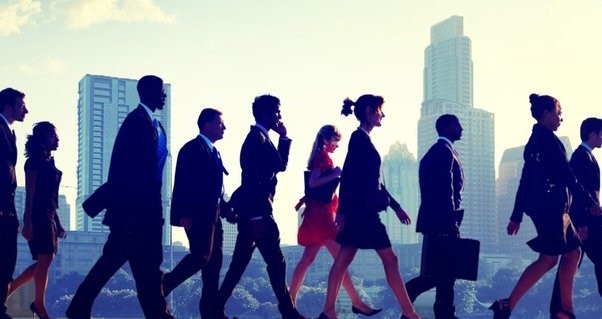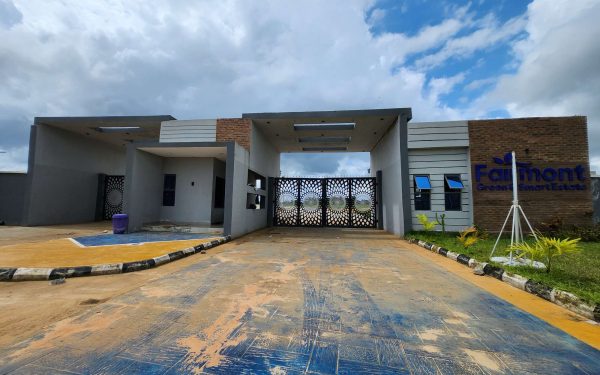“Navigating the Dynamic Landscape: Unraveling the Population Tapestry of Lagos”

Lagos, the economic powerhouse of Nigeria, is a sprawling metropolis that pulsates with life, commerce, and cultural diversity. As the heartbeat of the nation, Lagos has undergone remarkable transformations in recent decades, with its population playing a pivotal role in shaping its identity. In this article, we delve into the intricate tapestry of Lagos’ population, exploring its growth, challenges, and the myriad facets that contribute to the city’s vibrant and dynamic character.
Table of Contents
TogglePopulation Growth and Trends:
Lagos has witnessed an unprecedented surge in population over the past few decades, evolving into one of the fastest-growing cities globally. From a modest population of around 300,000 in the 1950s, Lagos has ballooned to over 20 million people today, making it the most populous city in Nigeria and one of the largest in Africa.
Several factors have fueled this remarkable growth. Rapid urbanization, rural-to-urban migration, and the allure of economic opportunities have drawn individuals from across Nigeria and neighboring countries to Lagos. The city’s strategic location as a major port and commercial hub has catalyzed this influx, creating a melting pot of cultures and contributing to the city’s cosmopolitan character.
Economic Dynamics and Population Magnetism:
Lagos serves as the economic nerve center of Nigeria, attracting individuals seeking employment, entrepreneurship, and a chance at a better life. The city’s economic magnetism is embodied by its thriving business districts, such as Victoria Island and Ikeja, which host multinational corporations, financial institutions, and a burgeoning tech industry.
The allure of economic prosperity has propelled the influx of individuals from various socio-economic backgrounds, creating a diverse population mosaic. However, this rapid growth has also posed challenges, as the city grapples with infrastructural strain, housing shortages, and the need for sustainable urban planning.
Challenges of Population Growth:
The exponential rise in population has strained Lagos’ infrastructure, leading to challenges in transportation, housing, and sanitation. Traffic congestion is a ubiquitous feature of Lagos life, with the city’s road networks struggling to accommodate the sheer volume of vehicles. Public transportation systems are under constant pressure, necessitating investments in modern and efficient alternatives.
Housing shortages have also emerged as a pressing issue, with a large percentage of the population residing in informal settlements, commonly known as slums. These areas often lack basic amenities and are susceptible to environmental hazards, raising concerns about the well-being of the residents.
Moreover, the sheer density of the population poses challenges for waste management and environmental sustainability. Efforts to address these issues are underway, with initiatives focusing on improving infrastructure, affordable housing, and sustainable urban development.
Cultural Diversity:
Lagos is a microcosm of Nigeria’s rich cultural diversity, with its population comprising ethnicities from all corners of the nation. Yoruba, Igbo, and Hausa are among the prominent ethnic groups, coexisting harmoniously and contributing to the city’s vibrant cultural tapestry.
This cultural diversity is evident in various aspects of daily life, from the culinary landscape to the arts and entertainment. Lagos has become a hub for creative expression, with a burgeoning film industry (Nollywood), music scene, and a thriving art community that reflects the diverse influences of its inhabitants.
The Role of Technology:
In recent years, Lagos has experienced a technological renaissance, with a burgeoning tech ecosystem that has earned it the moniker “Silicon Lagoon.” The city has become a hub for innovation and entrepreneurship, attracting tech enthusiasts, startups, and investors alike.
This tech boom has not only driven economic growth but has also transformed the way people live and work in the city. Digital connectivity has become ubiquitous, influencing communication, commerce, and even governance. The rise of tech hubs and co-working spaces has provided a platform for collaboration and innovation, shaping the city’s future trajectory.
Socio-Economic Disparities:
Despite the economic opportunities that Lagos offers, there exist stark socio-economic disparities within the population. The juxtaposition of opulence and poverty is evident in the cityscape, with affluent neighborhoods standing alongside sprawling slums. Bridging this gap and ensuring inclusive growth are critical challenges for policymakers.
Efforts are underway to address these disparities through social intervention programs, affordable housing initiatives, and skill development projects. Creating an equitable and inclusive urban environment is essential to harness the full potential of Lagos’ diverse population.
Conclusion:
Lagos, with its teeming population, stands at the crossroads of challenges and opportunities. As the city grapples with the complexities of rapid urbanization, there is an inherent resilience and vibrancy in its people that propels it forward. Navigating the dynamic landscape of Lagos requires a comprehensive and inclusive approach that addresses the needs of its diverse population while harnessing the potential of its economic prowess and cultural richness. In doing so, Lagos can continue to evolve as a beacon of growth and innovation, setting a precedent for other rapidly urbanizing regions across the globe.
-
What is the current population of Lagos?
- As of the latest available data, Lagos is estimated to have a population exceeding 20 million, making it the most populous city in Nigeria.
-
What factors contribute to the rapid population growth in Lagos?
- Rapid urbanization, rural-to-urban migration, and the city’s economic opportunities are key factors driving the exponential growth of the population in Lagos.
-
How has the population of Lagos changed over the decades?
- In the 1950s, Lagos had a population of around 300,000. Since then, it has experienced unprecedented growth, becoming one of the fastest-growing cities globally.
-
What role does economic activity play in attracting people to Lagos?
- Lagos is the economic hub of Nigeria, attracting individuals seeking employment, entrepreneurial opportunities, and economic prosperity. The city’s strategic location and thriving business districts contribute to its economic magnetism.
-
What challenges does the rapid population growth pose for Lagos?
- Challenges include infrastructural strain, traffic congestion, housing shortages, waste management issues, and environmental sustainability concerns. These challenges necessitate sustainable urban planning and development.
-
How diverse is the population of Lagos in terms of ethnicity?
- Lagos is a melting pot of cultures, with a diverse population comprising ethnicities from all over Nigeria. Prominent ethnic groups include Yoruba, Igbo, and Hausa.
-
What initiatives are in place to address housing shortages in Lagos?
- Efforts include initiatives for affordable housing, urban renewal projects, and policies aimed at improving housing conditions in informal settlements and slums.
-
How is technology shaping the population dynamics of Lagos?
- Lagos has experienced a technological renaissance, with a growing tech ecosystem. The rise of tech hubs, co-working spaces, and digital connectivity has transformed the way people live and work in the city.
-
What socio-economic disparities exist within the population of Lagos?
- Lagos exhibits stark socio-economic disparities, with affluent neighborhoods coexisting alongside sprawling slums. Efforts are underway to bridge these gaps through social intervention programs, affordable housing initiatives, and skill development projects.
-
What measures are being taken to ensure inclusive growth in Lagos?
- Inclusive growth is being pursued through policies that address socio-economic disparities, provide affordable housing, and promote skill development. These initiatives aim to create an equitable urban environment for all residents.
-
How is the cultural diversity of Lagos reflected in daily life?
- Lagos’ cultural diversity is evident in various aspects of daily life, including the culinary landscape, arts, entertainment, and festivals. The city has become a hub for creative expression, with influences from different ethnic groups contributing to its vibrant cultural tapestry.
-
Is there ongoing research or data collection on the population in Lagos?
- Yes, various governmental and non-governmental organizations regularly conduct research and collect data on the population in Lagos to inform policies and development plans. This data helps in understanding demographic trends and planning for the city’s future.





